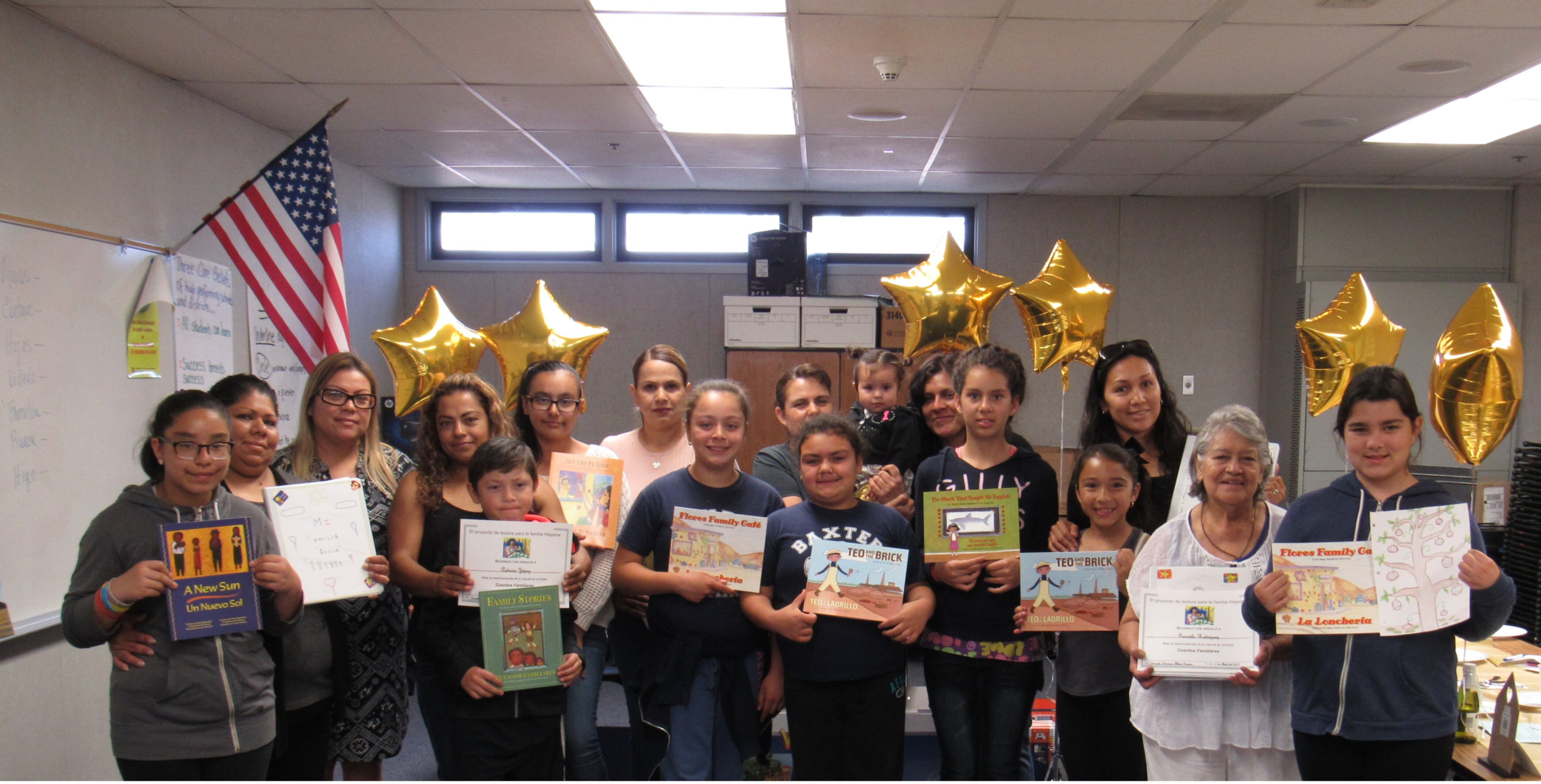Family literacy means parents and their children learning together. Developing family literacy is one of our most important educational goals. When we attain family literacy, we help ensure the academic achievement of our children. We learned so much during COVID-19 school closures about what is needed to support families at home!
To start with, these three factors need to interact to attain family literacy goals:
1) the educational level of parents
2) parent involvement
3) the academic success of their children
Each area depends on the other two in order to achieve effective results. Improving family literacy means focusing on working with parents to teach them how to help their children learn. This is one way to improve the educational level of the parents while involving them in their children’s school. As parents begin to work with their children, they may begin to see an improvement in the achievement levels of their children.
The very essence of family literacy is to bring the parents and children together in the school setting. That’s why we aim to include the following four best practices in our approach to family literacy:
• Provide a set of stimulating interactive activities for parents and children
• Train parents in reading and English-language development so they can be active partners in their children’s learning
• Demonstrate to parents the strong connection between literacy and school success for their children
• Use culturally appropriate reading materials for children
These four core components are the basis of our best practices model that leads to success in family literacy. Best practices are those actions proven to lead to reliable results.
When The Latino Family Literacy Project presents its webinar training, it does so with the idea of having these best practices as the core components. We make the family the center of the work. From that center, we build concentric circles of knowledge and influences.
Everything flows from the home and then to parent involvement in the school, which includes language development, socioeconomic influences, and the community. The final outermost circle represents the world beyond school.

